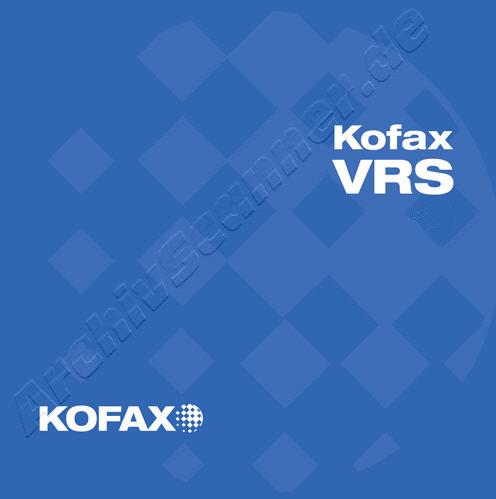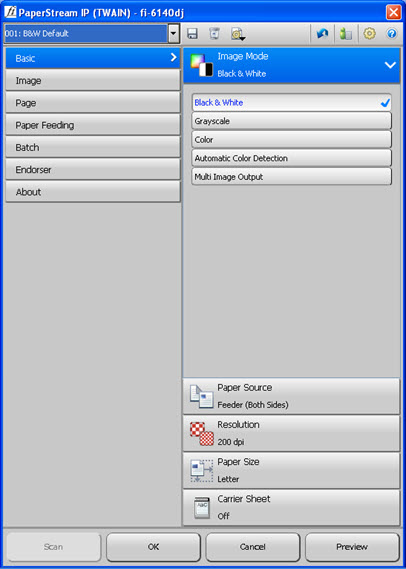
Based on years of research, it’s the result of continuous input from electronic health networks, payers, hospitals, physicians, consumer groups, financial services firms, security organizations and vendors. The EHNAC standards development process is fully open and transparent. It also captured the top rating in several categories, including “Quality of Services Staff” and “Real Problem Resolution.”Īs a self-governing non-profit, EHNAC maintains a comprehensive set of publicly-available standards criteria covering privacy and confidentiality technical performance business practices physical, human and administrative resources and security.


With most Gateway EDI customers “feeling well taken care of”, Gateway EDI earned an 89 overall rating score, a functional strength rating of 4.5 out of 5.0., and first-place for practice management integration. Gateway EDI’s results included 100 percent positive commentary regarding the vendor relationship, and perfect scores, 100 percent, for Would Recommend to a Friend or Peer, and Services Delivered within Budget/Cost. In May 2008, Gateway EDI was included in the “Ambulatory EDI Claims Clearinghouse” report published by KLAS, the Orem, Utah-based research firm (specializing in monitoring and reporting the performance of healthcare vendors. And in the years since it began working with EHNAC, Gateway EDI has further built on that advantage. In response to marketplace trends, Gateway EDI has grown its business on the strength of value-added services and strong support. “As a result of our original accreditation in 2006, we added some processes that have benefitted our clients, such as closer monitoring of customer service status,” says Cheli. In addition to these operational enhancements, EHNAC accreditation has impacted the customer service side. For us, the process highlighted some areas where we were able to shore up our capability to reconcile every single transaction.” When you start looking at reports and doing the research, you learn more about your business. “You might think you can account for every transaction, but EHNAC forces you to show that you can. “Most clearinghouses handle millions of transactions on a monthly basis,” says Cheli.

Gateway EDI manages more than 15 million transactions a month, and the EHNAC criteria require that electronic health networks demonstrate the ability to produce detailed audit trails for all of them. Transaction auditing serves as a case in point. It shined some light on some aspects of our business where there had been missing pieces.” “Seeing it all from EHNAC’s perspective in a comprehensive overview was an interesting experience. “It provided a great framework for bringing together a wide range of security, privacy and operational aspects,” says Cheli.
KOFAX VRS BARCODE MISSING PIECES FULL
Though the Gateway EDI team knew generally what to expect, they were pleasantly surprised with the advantages of achieving full accreditation in March 2006. “But the accreditation process proved to be a real eye-opener for us.”Īn industry veteran, Cheli was already familiar with EHNAC’s work, which dates to the early 1990s. “Our initial interest in EHNAC was prompted by a state of Maryland requirement,” recalls Dave Cheli, chief information officer, at Gateway EDI. In 2006, just such an opportunity arose through a relationship with the Electronic Healthcare Network Accreditation Commission (EHNAC). Gateway EDI also connects to more than 3,000 payers and offers services ranging from standard claims processing and status reports to more advanced capabilities such as technology for flagging rejected claims.įounded in 1983, Gateway EDI has continuously pursued innovations, business practices and opportunities to improve its services.

EHNAC Executive Director Lee Barrett explains:Īs one of the fastest-growing providers of healthcare electronic data interchange, Gateway EDI processes transactions for more than 10,000 medical offices representing 50,000 providers in all 50 states. For Gateway EDI, EHNAC accreditation shows the way to best practices.


 0 kommentar(er)
0 kommentar(er)
